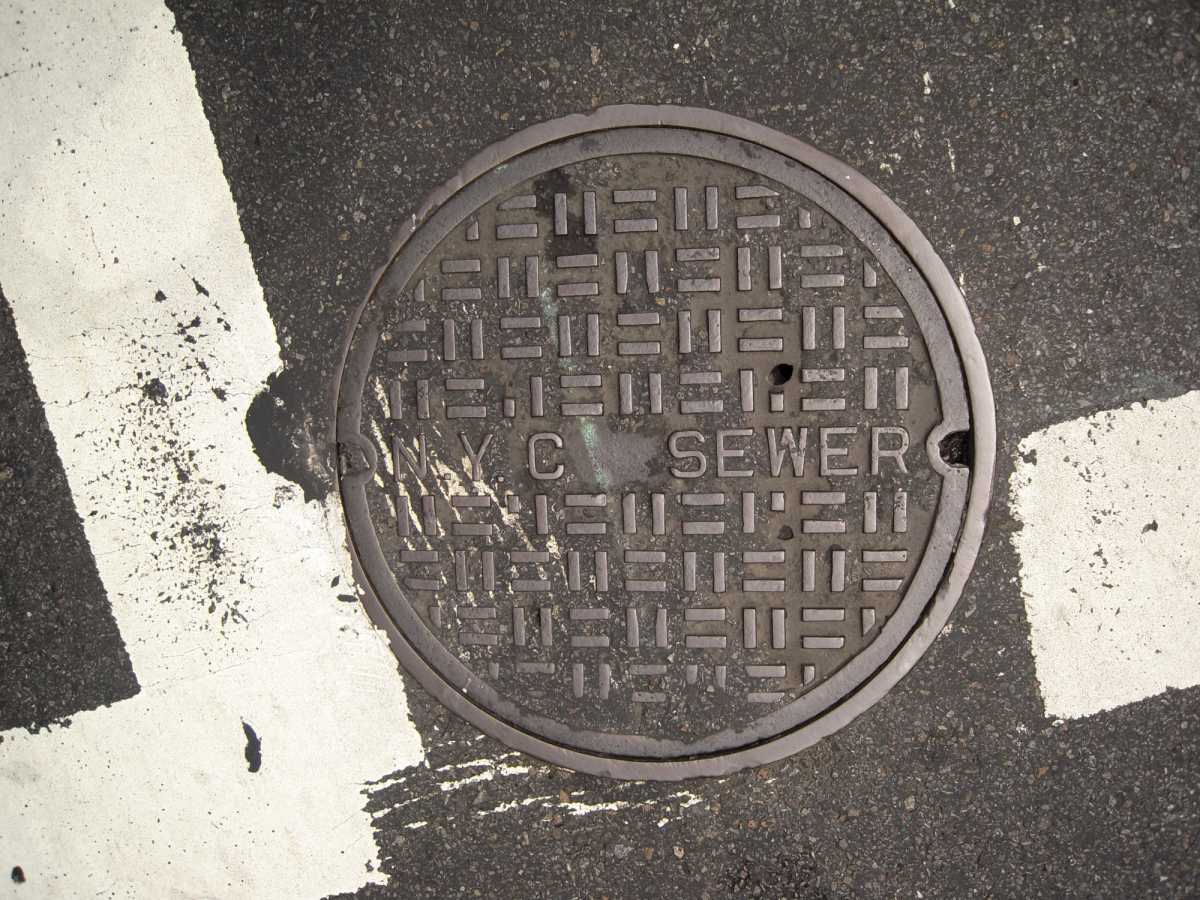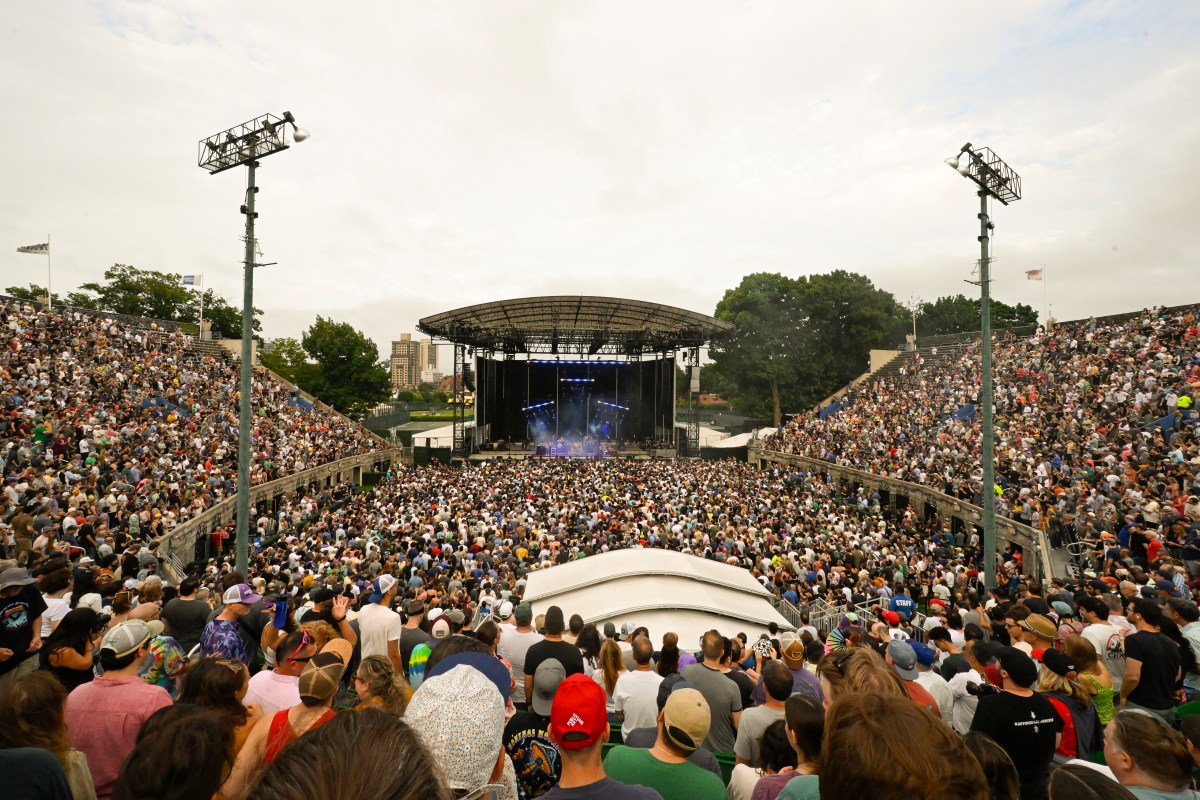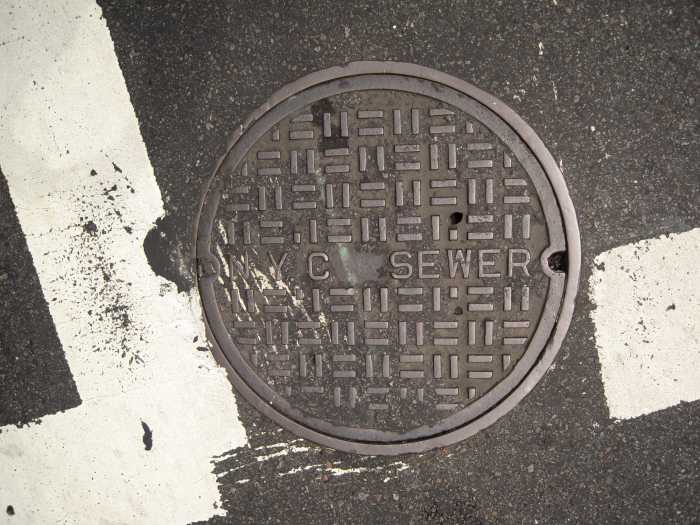He’s not on board with that.
Former Mayor Bill de Blasio on Monday defended his cash-sinking NYC Ferry system and questioned a scathing comptroller audit that found officials hid nearly a quarter-billion dollars in spending for the waterborne transit system.
“I have had many a time when I looked at a report from any comptroller and was mystified about how they did their math. This was another one of them,” de Blasio, now running for Congress, told reporters during an unrelated press conference on July 11.
“I would say, I think he missed the forest for the trees. We have a success story in terms of mass transit,” the pol said.
Comptroller Brad Lander’s office uncovered more than $224 million in unreported costs the city poured into the ferry system.
The blue and white boats launched in 2017 as a pet project then-Mayor de Blasio and the vessels overseen by the city’s quasi-public nonprofit arm the Economic Development Corporation and run through private contractor Hornblower.
The chief bean counter last week accused the city of playing “hide the ball” of the ferry’s true cost.
His office’s review also calculated that was city paying $12.88 per ride to keep the ticket price at $2.75 in fiscal year 2021 — nearly double the original $6.60 subsidy de Blasio projected when he debuted the maritime scheme five years ago and higher than the official report of $8.59 by EDC.
The system has largely served wealthy and white New Yorkers, with many of its stops dotting well-heeled waterfront neighborhoods along the East River and most of the routes terminating at Wall Street.
The deeper costs came in large part due to capital expenses like buying the 38-strong fleet of boats from Hornblower and building out docks, which de Blasio argued made “no sense whatsoever” to include in the costs of operating the nautical network.
“Those docks, that capital equipment, we’re going to be using that for 10-20 years. That is not how you calculate the cost of a ride, that is a foundational investment,” he said.
EDC said in response to the report that they were following national accounting and transit reporting standards.
However, the city’s own calculations used to include capital costs for more than a decade up until 2018, when officials ditched that definition shortly after de Blasio made a $300 investment in the ferries.
“If you just magically put your capital expenses below the line, you don’t have to show them even though effectively it’s the same total set of costs in the system,” Lander told reporters in a press conference last week.
The lengthy probe also found $66 million in other needless spending on the ferry for things like ending a contract early with the previous ferry operator and not seeking a refund from Hornblower after it delivered the wrong type of boat.
De Blasio, who is running to represents parts of Brooklyn and Manhattan in the hotly contested race for New York’s 10th Congressional District, continued to tout the ferries Monday as a success and said they should reach more parts of the city.
“I’m proud that we created a five-borough ferry system and it should be expanded and it should be linked to the MTA so that a single fare gets you from subway to bus to ferry,” he said.
Failing to connect the boat’s fare to the state Metropolitan Transportation Authority’s subways and buses was the only regret on the costly project he mentioned when asked by amNewYork Metro.
“One of the things I tried to do with no success, but I will keep working on in the future, is get it linked to the MTA. I think that would revolutionize the ferry service,” de Blasio told the paper. “I tried to get that done, I did not succeed — yet. But I’m gonna keep working on it.”
Lander stood by his report’s findings and said that New Yorkers are still left holding the bag.
“While I believe that it’s critical to efficiently utilize our city’s harbor and waterways for transportation, our audit found that the former Mayor’s EDC hid the true ferry subsidy per ride below deck,” Lander said in a statement Monday. “The taxpayers are still stuck with the buoyed cost. I stand by our findings and our numbers hold water.”


































